Canon R5 Mark II
- Spooner Photography

- Aug 9, 2024
- 6 min read
Updated: Aug 10, 2024
Upgrading from my Mirrorless R7 APS-C cropped to a Canon R5 Mark II Full Frame Camera
Why I’m Upgrading from the Canon R7 to the R5 Mark II:
As a photographer, your gear evolves just as much as your skills and vision do, I will be honest I am a Canon fanboy, I started on a 600D, then advanced to a 90D DSLR. My most recent camera was the R7 which I love. After spending a considerable amount of time with the Canon EOS R7, I’ve decided to make the leap to the R5 Mark II. This decision wasn't made lightly, and I want to share the reasons behind my upgrade, not just for those curious about my choice, but for anyone considering their next camera move and to take their photography to a whole new level.
The Canon R7: A Solid Performer
Let me start by saying the Canon R7 is an impressive camera. As a crop-sensor mirrorless camera, it excels in areas like wildlife and sports photography thanks to its 1.6x crop factor, which effectively increases the reach of any lens. It’s lightweight, fast, and features a robust autofocus system, making it a fantastic companion for anyone looking to capture high-speed action or detailed shots from a distance.
The R7’s 32.5-megapixel APS-C sensor delivers excellent image quality, and its Digic X processor provides snappy performance. For the price point, the R7 offers incredible value, especially for photographers who prioritize versatility and speed over full-frame capabilities.
So, why upgrade?
Stepping Up to Full-Frame - The Allure of the Canon R5 Mark II
The Canon R5 Mark II represents the next level in performance, and it’s not just about moving from an APS-C to a full-frame sensor. Here’s why I’m making the transition:
1. Superior Image Quality and Dynamic Range
The R5 Mark II’s 45-megapixel full-frame sensor is a game-changer in terms of image quality. The larger sensor offers better low-light performance, greater dynamic range, and the ability to achieve a shallower depth of field. For someone who loves landscape and portrait photography, this means richer detail, more flexibility in post-processing, and more control over how my images look and feel.
2. Advanced Autofocus Capabilities
While the R7’s autofocus is no slouch, the R5 Mark II takes it to another level. With advanced subject detection and tracking capabilities—including improved animal and eye detection—this camera ensures that you don’t miss a shot. Whether it’s fast-moving wildlife or a fleeting expression in a portrait, the R5 Mark II’s autofocus is reliable and precise.
3. Video Capabilities
As a hybrid shooter who enjoys both photography and videography, the R5 Mark II’s video features are incredibly appealing. It offers 8K video recording, which allows for more creative flexibility, whether you’re producing high-quality content or cropping in post without losing resolution. The addition of features like C-Log 3 and 10-bit 4:2:2 internal recording makes it a formidable tool for serious video work.
4. Build Quality and Ergonomics
The R5 Mark II is built like a tank. Its weather-sealed magnesium alloy body is not only durable but feels premium in hand. The ergonomics are another step up, with a larger grip and more tactile controls that make handling the camera more intuitive, especially for longer shoots.
5. Future-Proofing My Gear
Investing in the R5 Mark II is also about future-proofing my photography gear. With its advanced features and capabilities, this camera is designed to stay relevant for years to come. The high-resolution sensor, fast processing power, and cutting-edge autofocus system mean that as my photography evolves, the R5 Mark II will continue to meet my needs.
6. The Ecosystem of RF Lenses
Lastly, upgrading to the R5 Mark II gives me better access to Canon’s expanding range of RF lenses. These lenses are known for their sharpness, speed, and innovative features like control rings and compact designs. Pairing them with the R5 Mark II allows me to fully exploit the potential of these lenses, achieving the best possible image quality.
Conclusion: A Move Towards Creative Freedom
Upgrading from the Canon R7 to the R5 Mark II is more than just a change in gear—it’s a step towards greater creative freedom. The R7 has served me well, and I’ve captured some incredible moments with it. But as my aspirations grow, so too does my need for a camera that can keep pace. The Canon R5 Mark II offers the advanced capabilities I’m looking for, from stunning image quality and powerful video features to unparalleled autofocus performance.
Whether you’re a fellow photographer considering an upgrade or just curious about the journey, I hope my experience sheds some light on why the Canon R5 Mark II might just be the right next step for you too.
For those of you who fondly remember the Canon 5D series for its reliability, versatility, and professional-grade results, the R5 Mark II represents the natural evolution of that iconic DSLR legacy into the mirrorless age. Whether you’re a fellow photographer considering an upgrade or just curious about the journey, I hope my experience sheds some light on why the Canon R5 Mark II might just be the right next step for you too.
Review and Comparison courtesy of Wex Photo Video
Product Specification
AEB [Bracketing] | +/-3 levels in single level increments 3, 2, 5 or 7 bracketed images per shutter release |
Aspect Ratio | 3:2 |
Autofocus System | Dual Pixel Intelligent AF |
Battery Model | Rechargeable Li-ion Battery LP-E6P (supplied) |
Body Materials | Magnesium Alloy body and Chassis with some components consisting of polycarbonate with glass fibre |
Card Format | 1x CFexpress type B maximum capacity 2TB (compatible with CFexpress 2.0 and VPG400) 1x SD/SDHC/SDXC and UHS-II |
Connectivity | - Via Wi-Fi: FTP, FTPS, SFTP, EOS Utility, image.canon, Sync time between cameras, Camera Connect, Streaming services, Content Transfer Professional, Linked shooting, Camera Control API - Via Bluetooth: Camera Connect, BR-E1 - Via USB: EOS Utility, Camera Connect, Content Transfer Professional, Video calls/streaming (UVC/UAC) - Via Ethernet: FTP, FTPS, SFTP, EOS Utility, Sync time between cameras, Camera Control API |
Crop Factor | Full-frame/1:1/4:3/16:9] / 1.6x (crop) |
Diopter Adjustment | -4 to +2 m-1 (dioptre) |
Effective Megapixels | 45.0 |
Exposure Compensation | `+/-3 EV in 1/3 or 1/2 stop increments (can be combined with AEB) |
File Formats | Photo: RAW/ C-RAW: 3:2 ratio 8192x5464, 1.6x (crop) 5088x3392 JPEG/ HEIF: 3:2 ratio (L, RAW, C-RAW) 8192x5464, (M) 6000x4000, (S1) 4176x2784, (S2) 2400x1600 Video: RAW/SRAW: 8K DCI(17:9) / 4K DCI(17:9)11 MP4 Video: 8K DCI/UHD (17:9/16:9) 4K DCI/UHD (17:9/16:9), 2K/Full HD (17:9/16:9) 8K/4K/2K/Full HD: XF-HEVC S/H.265, Audio: Linear PCM / AAC 4K/2K/Full HD: MPEG-4 AVC S/H.264, Audio: Linear PCM / AAC 8K RAW 4K RAW: 12bit CRM Audio: Linear PCM / AAC 8K/4K/FullHD Time-lapse movie mode |
Flash Metering | E-TTL II |
Flash Sync Speed | When [Cropping/aspect ratio: Full-frame/1:1/4:3/16:9] is set: 1/200 sec mechanical shutter / 1/250 electronic 1st curtain, 1/160 sec Electronic shutter When [Cropping/aspect ratio: 1.6x (crop)] is set: 1/250 sec mechanical shutter / 1/320 electronic 1st curtain, 1/250 sec Electronic shutter |
Flash Type | E-TTL II flash metering, Manual flash, MULTI flash (stroboscopic), Auto external flash metering, Manual external flash metering |
Frames Per Second | 30.0 |
Image Processor | DIGIC Accelerator and DIGIC X |
Image Stabilisation | Dual Pixel Intelligent AF |
Integrated Cleaning | EOS integrated cleaning system |
ISO Max | 51200 |
ISO Min | 100 |
Lens Mount | RF / RF-S. Compatible with EF and EF-S lenses with a mount adapter. |
Metering System | Real-time with image sensor, 6144-zone metering. (1)Evaluative metering (linked to All AF points) (2)Partial metering (Approx. 9.5% of screen at centre) (3) Spot metering: Centre spot metering (Approx. 5.3% screen at centre) AF point-linked spot metering not provided (4)Centre weighted average metering |
Operating Environment | 1 – 40 °C, 85% or less humidity |
Screen Resolution | Approx. 2.1 million dots |
Screen Size [inches] | 3.2" |
Sensor Format | Full Frame |
Sensor Size | 36 x 24 mm |
Sensor Type | Back-illuminated stacked CMOS sensor |
Size | 138.5 × 101.2 × 93.5 mm |
Tilting | Rotating Screen | 170° vertically and horizontally |
VF Coverage | Approx. 100% |
Weight [g] | 746.00 |
Stay tuned for more photographic adventures, and as always, keep exploring and capturing the world through your lens!
Equipment I currently use: Backpack - Lowepro Tahoe BP 150 Backpack
Backpack - Lowepro ProTactic BP 450 AW II Backpack
Wide angle lens - Canon EF 11-24mm f/4 L USM
Travel lens - Canon EF 24-105mm f4L IS II USM Lens
Zoom Lens - Canon RF 100-500mm f4.5-7.1L IS USM Lens
Portrait 50mm - Canon RF 50mm f1.2L USM Lens
Ballhead - Manfrotto XPRO Ball Head with Top Lock



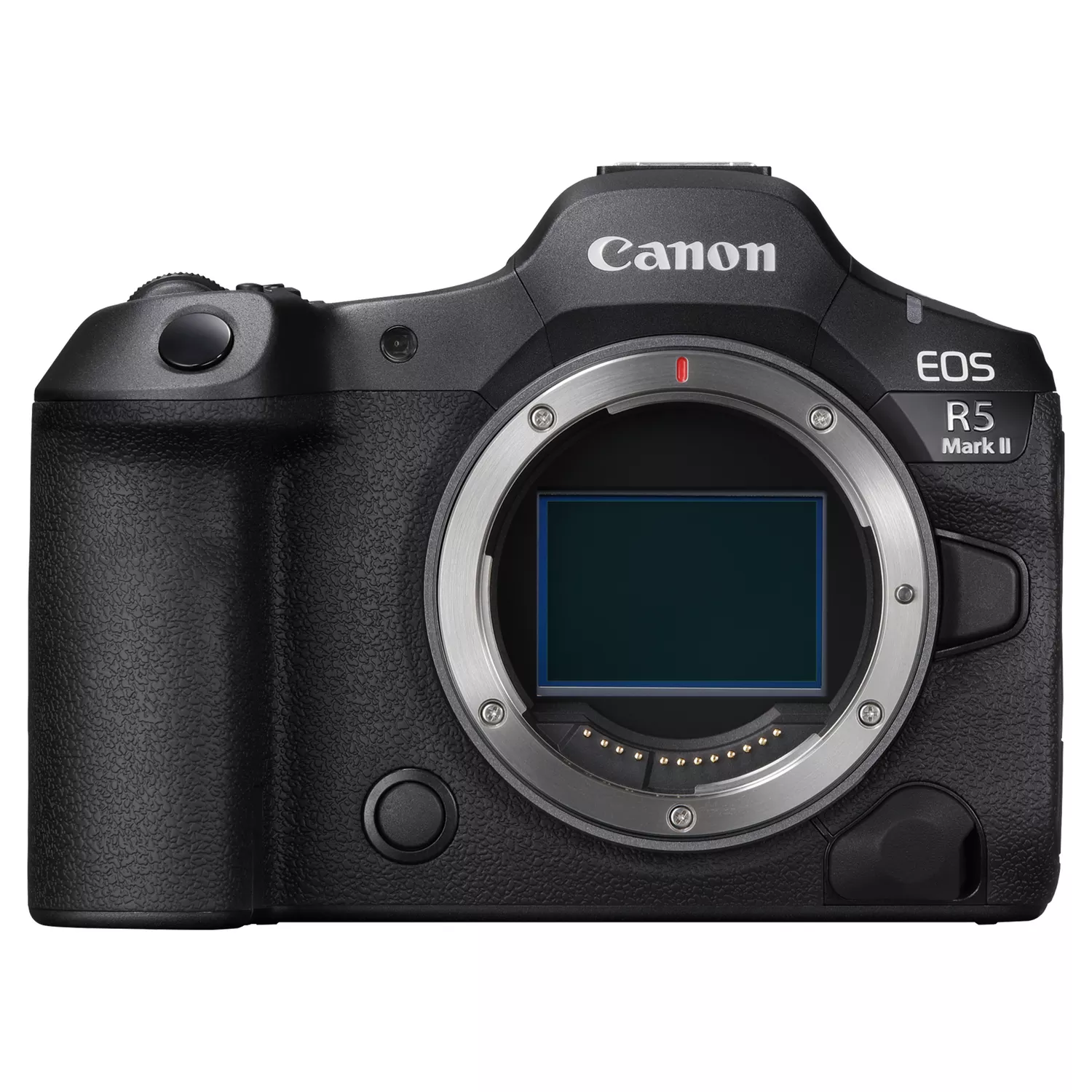
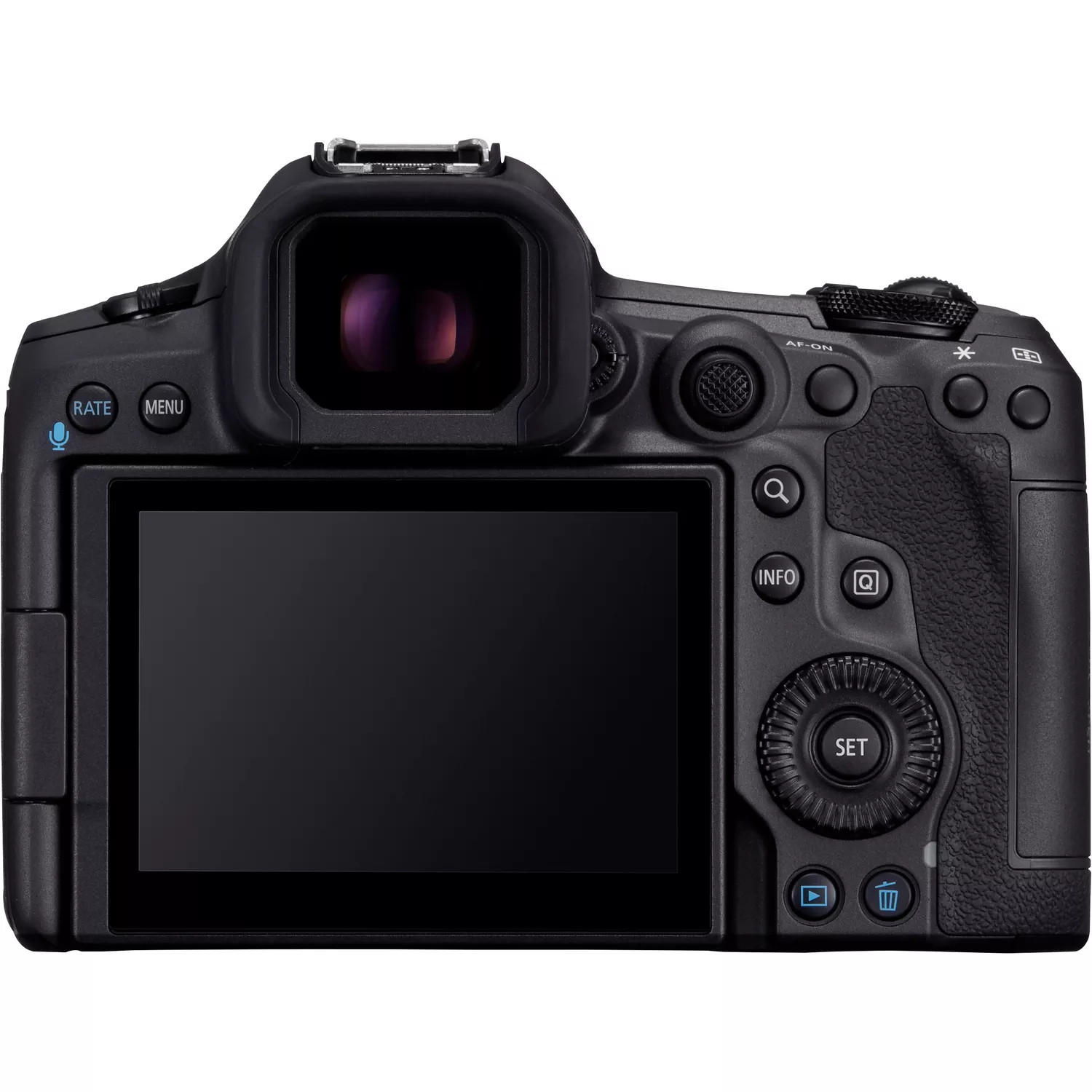
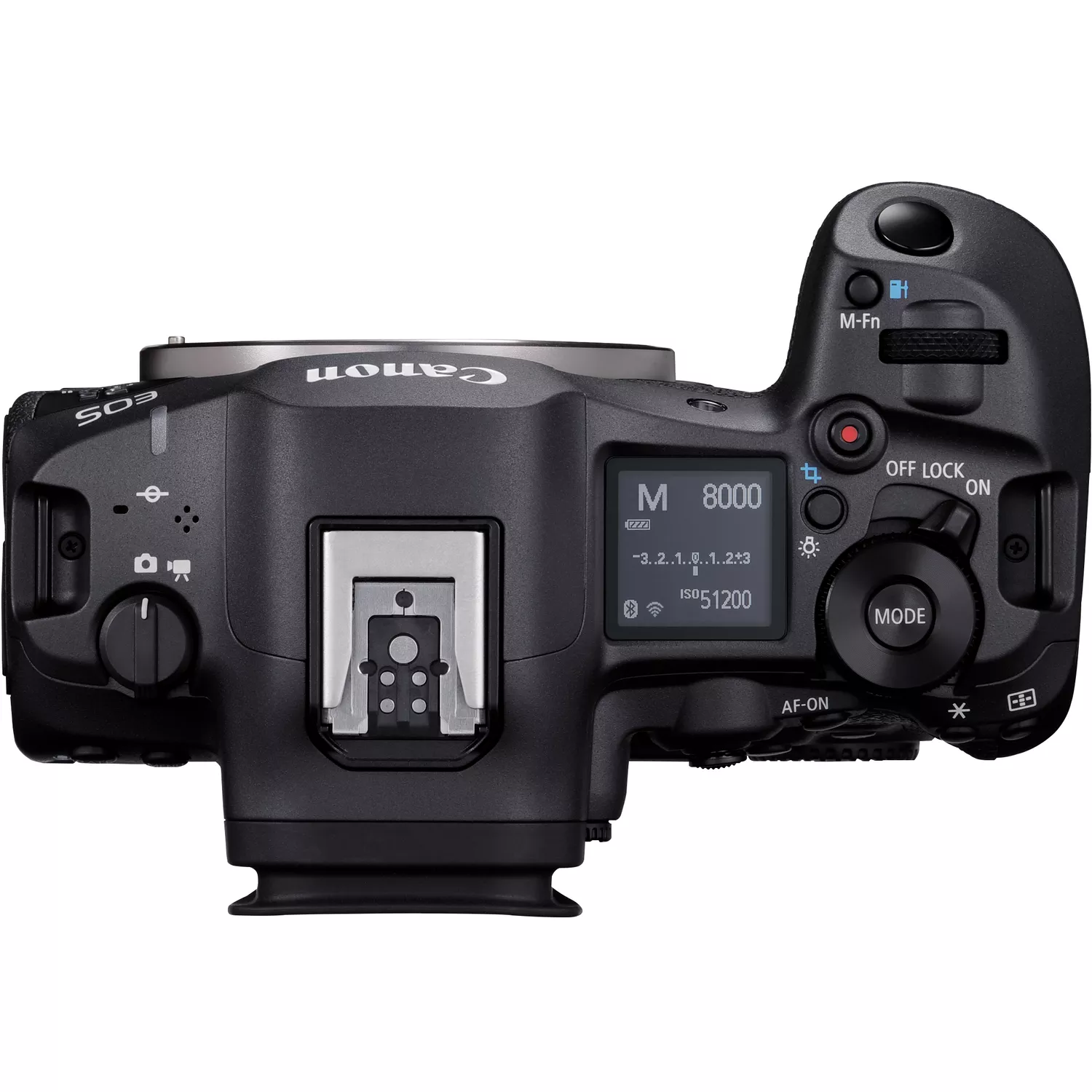
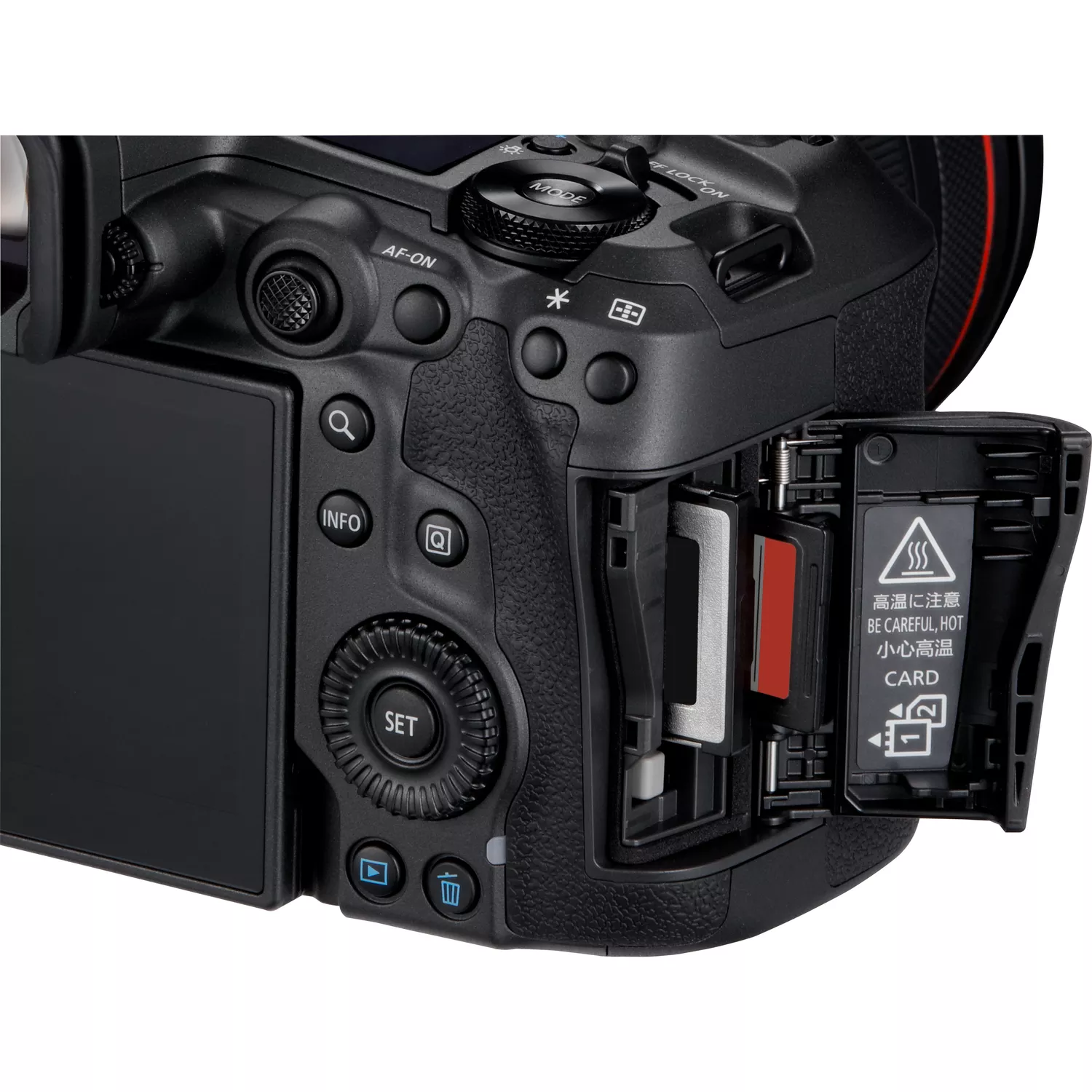



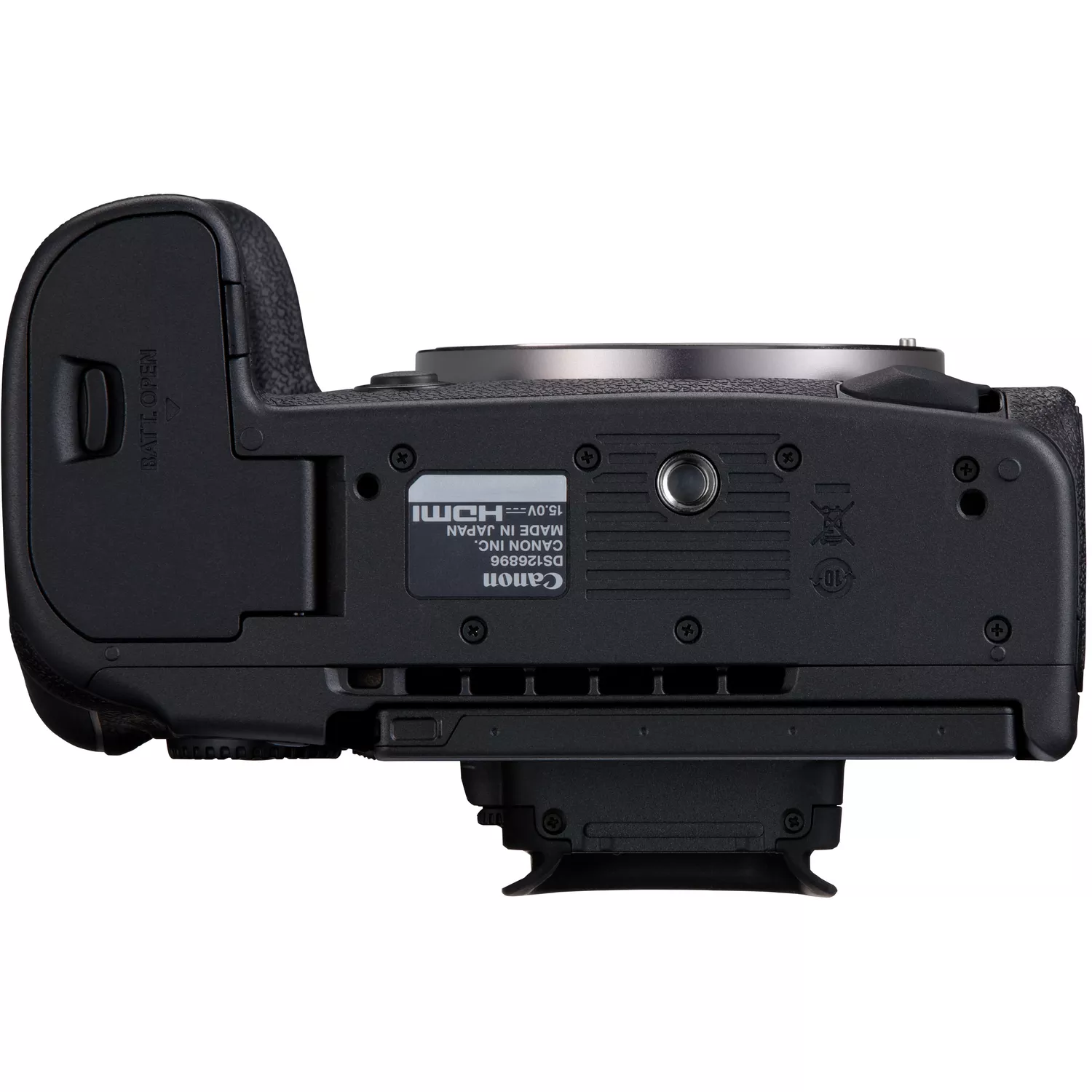





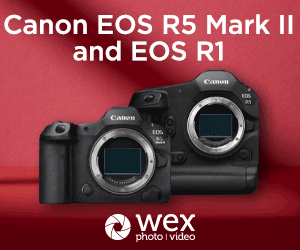



Comments